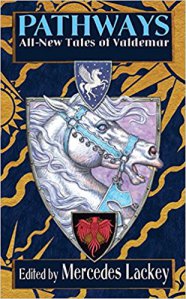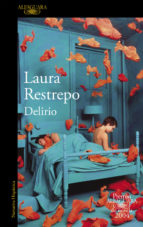 Last year, I picked up Adam Christopher’s Made to Kill on a whim, and was delighted I’d done so; marrying the hard-boiled PI stories of Raymond Chandler with science-fiction trappings, Made to Kill was a treat, telling an old-fashioned story in a wholly unique and interesting way. Its protagonist, Ray Electromatic, was the last robot left working after a brief boom in the industry, and now, he was left investigating cases – oh, and murdering for hire, too. It was a great hook for a pulpy tale, and if Made to Kill never really moved beyond its pulpy roots, that’s fine; it was enough fun that it more than justified its existence and then some.
Last year, I picked up Adam Christopher’s Made to Kill on a whim, and was delighted I’d done so; marrying the hard-boiled PI stories of Raymond Chandler with science-fiction trappings, Made to Kill was a treat, telling an old-fashioned story in a wholly unique and interesting way. Its protagonist, Ray Electromatic, was the last robot left working after a brief boom in the industry, and now, he was left investigating cases – oh, and murdering for hire, too. It was a great hook for a pulpy tale, and if Made to Kill never really moved beyond its pulpy roots, that’s fine; it was enough fun that it more than justified its existence and then some.
Now comes Standard Hollywood Depravity, a follow-up novella to Made to Kill that finds Ray being brought in for the killing of a young go-go dancer, only to find the club full of very dangerous made men – a situation that makes his life far more complicated, and the job far more complicated. And making things worse is the way that Ray is no longer content to just follow orders and his programming; no, Ray is getting curious about things, and questioning the situations he finds himself in, and feeling a little more reluctant about killing without reason.
In pretty much every way, Standard Hollywood Depravity is an improvement on Made to Kill; the story is more complex and interesting, Ray more complicated as a hero, the writing sharper. But best of all, Christopher seems to have eased into his world more comfortably, digging around in the weird world that he’s been shaping. What’s it like to be a huge robot and not have people surprised to see you? What happens when you’re becoming aware, as a programmed creation, that your coding might be antithetical to your rapidly growing consciousness? Depravity deals with all of this and more, and does so in a tighter narrative – all the more impressive.
There are still a few issues, mind you; it feels like Christopher elides out a pretty significant scene towards the end of the book, but not in a way that would lead to interesting ambiguity; it just feels incomplete and off-balance in a way, and makes it feel like the book gets rushed right at the very end. And that’s a bit of a disappointment, considering how good the rest of it is. But in pretty much every other way, this one is a knockout, and has me even more excited to check out the next entry in the series.
(Side note: Standard Hollywood Depravity also features a short story entitled “Brisk Money,” which serves as a bit of a prequel to the series. “Brisk Money” is a great story; that being said, the story relies so much on Ray not having information about his life that we already have that it doesn’t always entirely work, especially since the story never really makes it clear when it takes place. In other words, it took me most of the story to realize that this was a prequel that takes place before Made to Kill, and sets up the series to come. There’s still a pretty fascinating detail included here, and it’s a good story; it just feels like it would work better if it was clearer when in the series it took place.)
Amazon Advertisements Share this:




